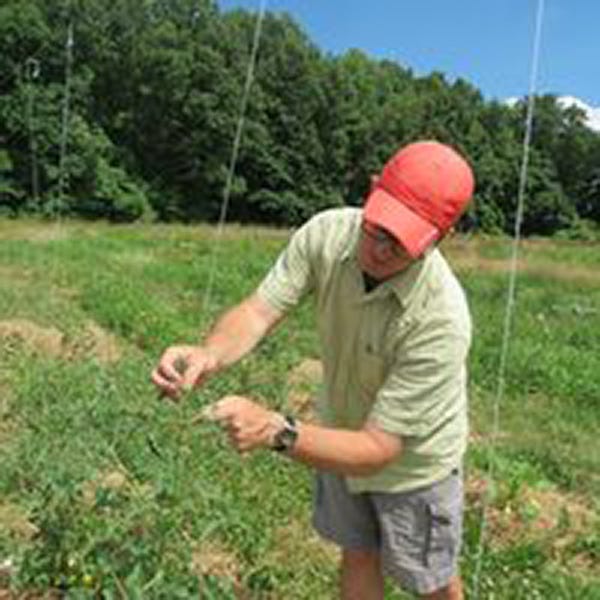Three members of an all-female termite colony, along with cloned offspring. Photo: The University of Sydney
An international team of scientists say that all-female termite colonies from Japan are the result of random hybridization and that their extremely hardy nature makes them an ecological threat.
A new paper published in Proceedings of the National Academy of Sciences, explains the surprising presence of all-female termite colonies in Japan. These colonies — the only all-female termites known to exist — likely arose in the last century, as a result of one lineage crossing with another, according to the study, led by University of Sydney entomologist Nathan Lo in Australia. These termites are potentially bad news as they could outstrip native populations and spread to other parts of the world.
“We already have some very harmful termite species here [in Australia]. However, our study underscores the importance of making sure overseas termites don’t establish themselves,” said Lo of a Sydney university press release. “If they were to interbreed with our local termites, it could result in even worse termite lines for homeowners to contend with.”
In fact, the all-female hybrids appear to be stronger than their non-hybrid versions. Also, females clone themselves, so they don’t need males to reproduce. These asexual colonies can therefore grow twice as fast as sexual populations, since only females are needed for reproduction. The presence of these all-female colonies suggests that males are not always needed to maintain complex animal societies, which is an intriguing discovery.
The same research team first described these drywood forest-dwelling termites in 2018. They belong to the species Glyptotermes nakajimai and are found in the southern areas of mainland Japan and the islands in the south.
G/O Media may receive a commission
40% discount
Samsung 65 inch 4K OLED Smart TV
TV time
This 4K OLED Smart TV is integrated with Alexa, can run Xbox Game Pass, has an incredible picture and even has Dolby Atmos & Object Tracking Sound.
Termites typically engage in sexual reproduction, which requires both male and female gametes (sex cells) to produce offspring. Asexual reproduction is made possible by parthenogenesis, in which an embryo spontaneously appears in an unfertilized egg cell. Some species of bees and ants live in all-female colonies, but they still need males to reproduce. The hybrid termites from Japan are unique in that males are entirely absent.
The purpose of the new study was to analyze the genetic structure of the species as a whole, determine how sexual and asexual individuals might be related, and examine the chromosomes of the males. Another important goal was to investigate the reason for the asexual colonies and determine if hybridization was the true cause. To this end, the team studied drywood termite colonies on several Japanese islands.
That the all-female colonies are a result of hybridization appears to be the case, as this “can best be explained by intraspecific hybridizations between sex lines with different chromosome numbers,” as the authors write. The scientists assume that females from one colony interbred with males from another colony. This happened in the last century when a line was unknowingly transported from a smaller island to mainland Japan, probably by boat.
Crossbreeding is usually a bad thing as it can introduce bad mutations. Here, however, hybridization has resulted in a robust and potentially problematic offshoot. Highly adaptable, drywood termites do not require wet conditions for burrowing, making them a potent ecological threat.
The strange male chromosome of Glyptotermes nakajimai.Image: University of Sydney
Chromosome analysis led to the discovery of a strange genetic trait in males: they have either 15 Y or 15 X chromosomes instead of a single Y or X chromosome. The scientists speculate that this is an evolutionary response to inbreeding, which is common in termites.
“Termite offspring can inherit nests from their parents, saving them the hassle of venturing into the dangers of the outside world to burrow into wood and build their own nests,” Lo explained. “The problem with nest inheritance is that it results in too much inbreeding — sisters mate with brothers, and offspring can even mate with parents.”
So, by developing multiple Y chromosomes, male termites pack a ton of genetic diversity that allows close siblings to mate without harmful genetic consequences, the study found. However, this additional genetic diversity did not appear to affect the appearance of the all-female hybrids. As the researchers write in the study, “Our findings suggest that asexuality may have enabled women to supplant key roles played by men.”
Entomologists and conservationists must now be wary of these all-female colonies. Australia is particularly sensitive to invasive species, which requires extra vigilance. These colonies do not currently pose a risk, but we hope they remain so.









